Red-eared sliders are among the most popular pet turtles in the world, recognizable by the distinctive red stripe behind their eyes. While these semi-aquatic reptiles might seem like low-maintenance pets at first glance, they require specific care and a significant commitment of time, space, and resources. Before you bring one of these charming chelonians into your home, there’s a wealth of information you should consider to ensure both you and your new shelled friend will thrive together.
From their considerable lifespan of up to 30 years to their growing size and specialized habitat needs, red-eared sliders demand thoughtful preparation from prospective owners. This guide will walk you through everything you need to know to make an informed decision and provide optimal care for these fascinating turtles.
Understanding the Red-Eared Slider’s Natural History
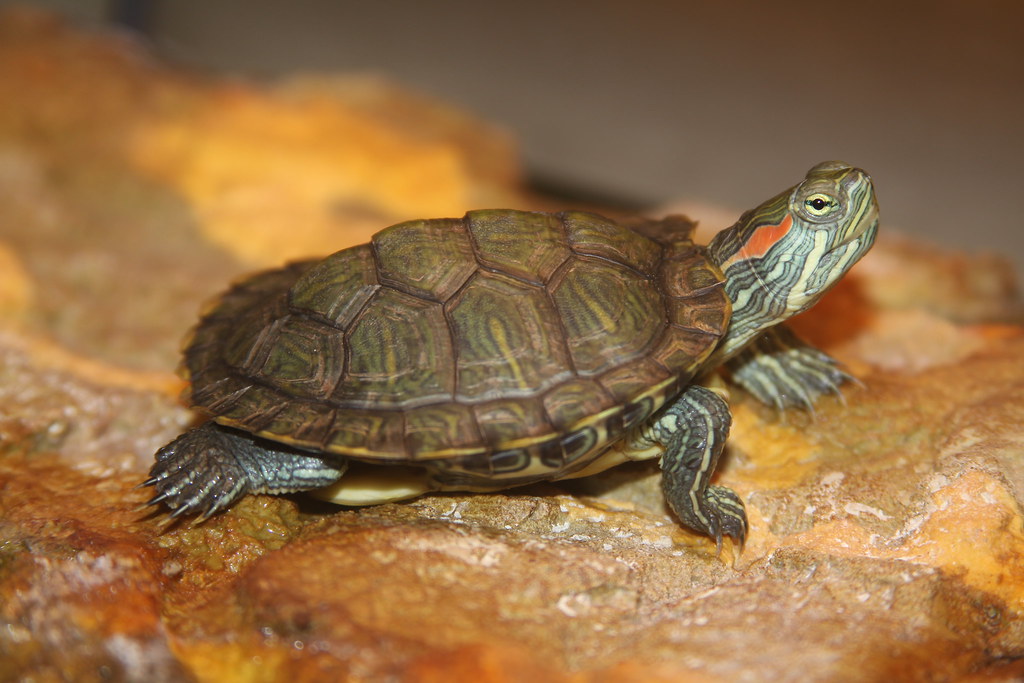
Red-eared sliders (Trachemys scripta elegans) are native to the southern United States and northern Mexico, where they inhabit ponds, lakes, marshes, and slow-moving rivers with abundant basking spots. In the wild, these turtles spend their days alternating between swimming in water and basking in the sun on logs, rocks, or banks. Their natural diet consists primarily of aquatic vegetation, insects, fish, and carrion, making them opportunistic omnivores.
Understanding their origins helps explain why red-eared sliders require specific habitat features to thrive in captivity, including both deep water for swimming and dry areas for basking. Their prevalence in the pet trade has unfortunately led to them becoming invasive species in many regions worldwide, as released pets can survive in a variety of climates and outcompete native turtle species.
Lifespan Commitment: Are You Ready for Decades?
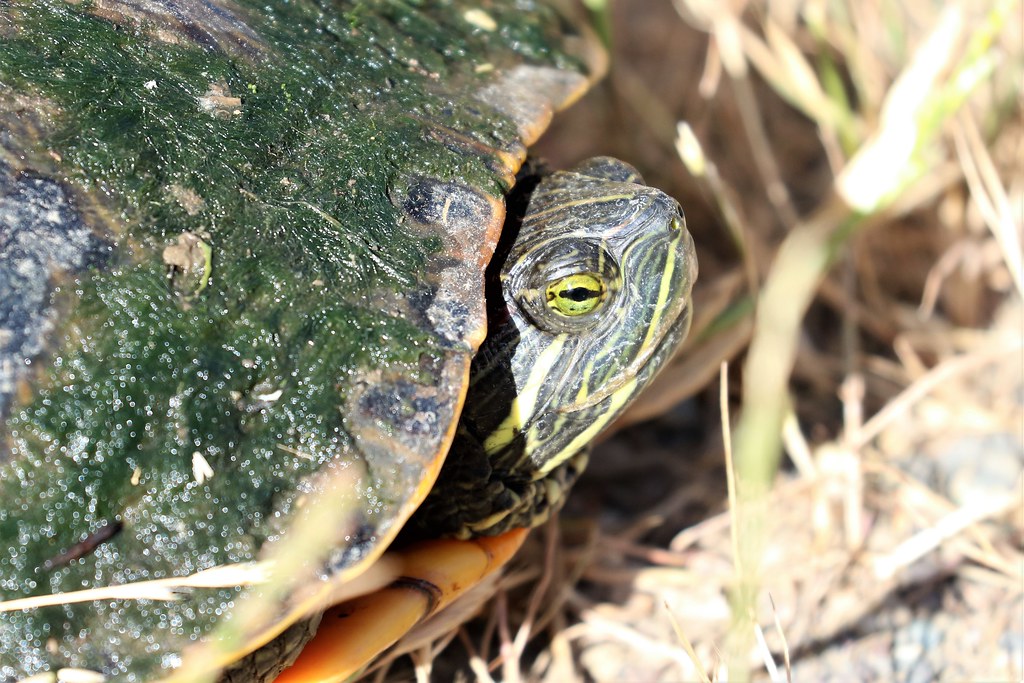
Adopting a red-eared slider means embarking on a relationship that could last 20-30 years with proper care, and some specimens have been known to live even longer. This significant time commitment exceeds that of many dogs and cats, spanning multiple life phases from college through career changes, relocations, and family developments. Potential owners should realistically assess whether they can provide consistent care across such a lengthy timespan or have contingency plans for the turtle’s care if circumstances change.
The extended lifespan also means financial responsibility for veterinary care, habitat maintenance, and feeding for decades, not just a few years. Unfortunately, many sliders are abandoned or surrendered to rescues when owners fail to appreciate this long-term commitment, leading to both animal welfare concerns and ecological problems when turtles are irresponsibly released.
Size Considerations: They Grow Larger Than You Think

Many pet stores sell juvenile red-eared sliders when they’re adorably tiny, often just a few inches long, but these turtles undergo significant growth throughout their lives. Females typically reach 10-12 inches in shell length, while males grow to about 7-9 inches, dimensions that far exceed the small plastic habitats often marketed for “starter” turtles. This substantial size requires proportionally large housing—a full-grown female may need a tank of 75-125 gallons or larger to swim comfortably and maintain good health.
The turtle’s growth rate is most rapid during the first few years of life, which means you’ll need to upgrade their habitat multiple times if starting with a juvenile. Failing to provide adequate space as your slider grows can lead to stunted development, stress-related health issues, and a shortened lifespan.
Habitat Requirements: More Complex Than You Might Expect
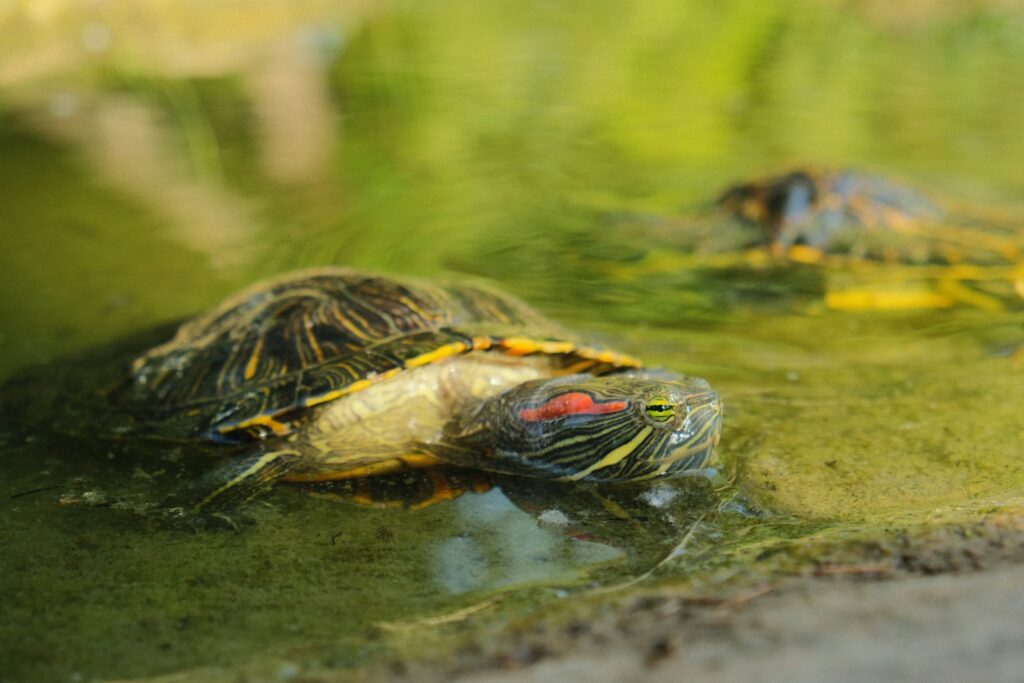
A proper red-eared slider habitat requires careful planning and significant space to recreate their natural environment. The enclosure must include a water area deep enough for swimming (at least 1.5-2 times the turtle’s shell length) and a dry basking area where they can completely exit the water and dry off. The habitat should be equipped with a powerful filtration system capable of handling the heavy bioload turtles produce, as they are notoriously messy animals that quickly foul their water.
Essential equipment includes UVB lighting to prevent metabolic bone disease, a heat lamp to maintain proper basking temperatures of 90-95°F, and water heaters to keep the aquatic portion at 75-80°F. Additional habitat features like floating logs, submersible plants (artificial is often best as turtles may eat live plants), and hiding spots enhance the environment and promote natural behaviors.
The Financial Investment: Budgeting for Your Shelled Friend
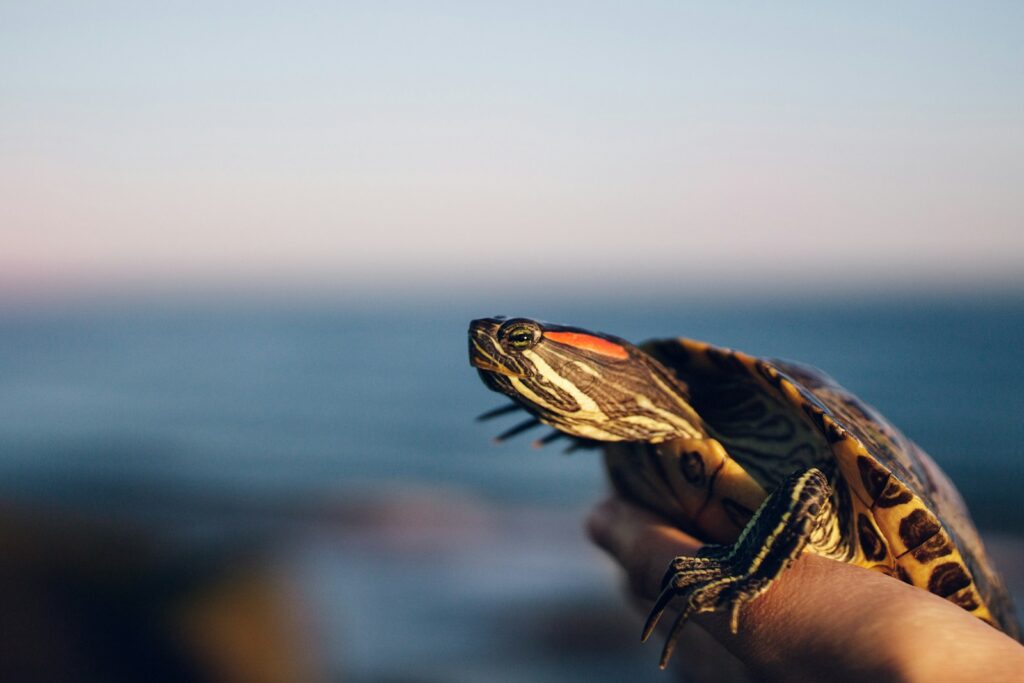
The true cost of keeping a red-eared slider extends far beyond the initial purchase price of the turtle itself, which is relatively inexpensive at $15-30. Setting up a proper habitat represents the largest initial expense, with large aquariums or stock tanks, efficient filtration systems, UVB and heat lighting, and decor easily totaling $300-500 for a proper setup. Ongoing costs include electricity for heating and lighting (which runs continuously), filter media replacements, water conditioners, regular food supplies, and occasional veterinary care from exotic animal specialists who typically charge more than regular vets.
Many slider owners find themselves spending $500-1,000 in the first year alone, with annual maintenance costs of $200-400 thereafter. These financial considerations are critical to evaluate before bringing home a pet that will depend on your support for decades.
Dietary Needs: Balanced Nutrition for Optimal Health
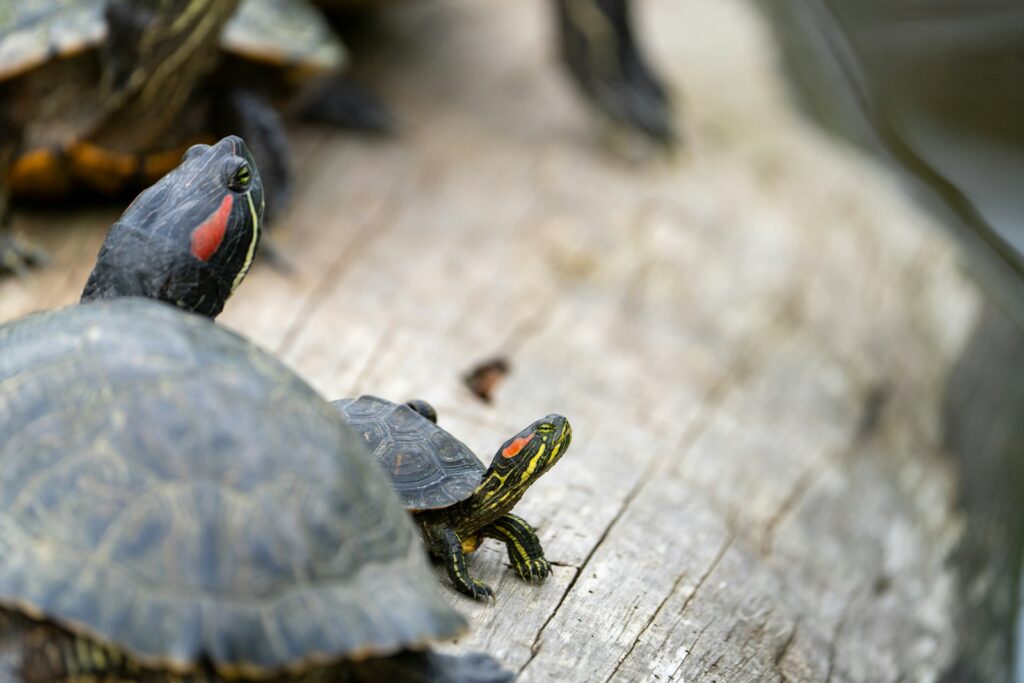
Red-eared sliders require a diet that evolves as they mature, shifting from primarily carnivorous as juveniles to more herbivorous as adults. Young sliders need protein-rich foods including commercial turtle pellets, freeze-dried shrimp, mealworms, and small fish to support rapid growth and development. As they age, their diet should gradually include more plant matter such as dark leafy greens (kale, collard greens, dandelion greens), aquatic plants like duckweed, and vegetables including squash and bell peppers.
Commercial turtle pellets formulated for different life stages should form the foundation of their diet, supplemented with fresh foods for variety and nutritional balance. Owners must resist the temptation to overfeed, as obesity is common in captive sliders, and should establish a regular feeding schedule—typically every other day for adults and daily for growing juveniles.
Maintenance Routine: A Commitment to Cleanliness

Maintaining a red-eared slider’s habitat requires consistent effort to counteract their naturally messy habits and high waste production. Even with a robust filtration system, the water will require partial changes of 25-30% weekly to prevent ammonia buildup and maintain water quality. The filter itself needs regular cleaning, usually every 2-4 weeks depending on the system, to maintain efficiency and prevent clogging. Complete habitat breakdowns for thorough cleaning are necessary every 1-3 months, requiring temporary housing for your turtle while you disinfect all surfaces and equipment.
Additional maintenance includes regular checks of water temperature and quality, cleaning basking areas of droppings, inspecting and replacing UVB bulbs every 6-12 months (as they lose effectiveness before visibly burning out), and monitoring the health of any live plants. This cleaning routine represents a significant time investment that many new owners underestimate.
Health Concerns: Common Issues to Watch For
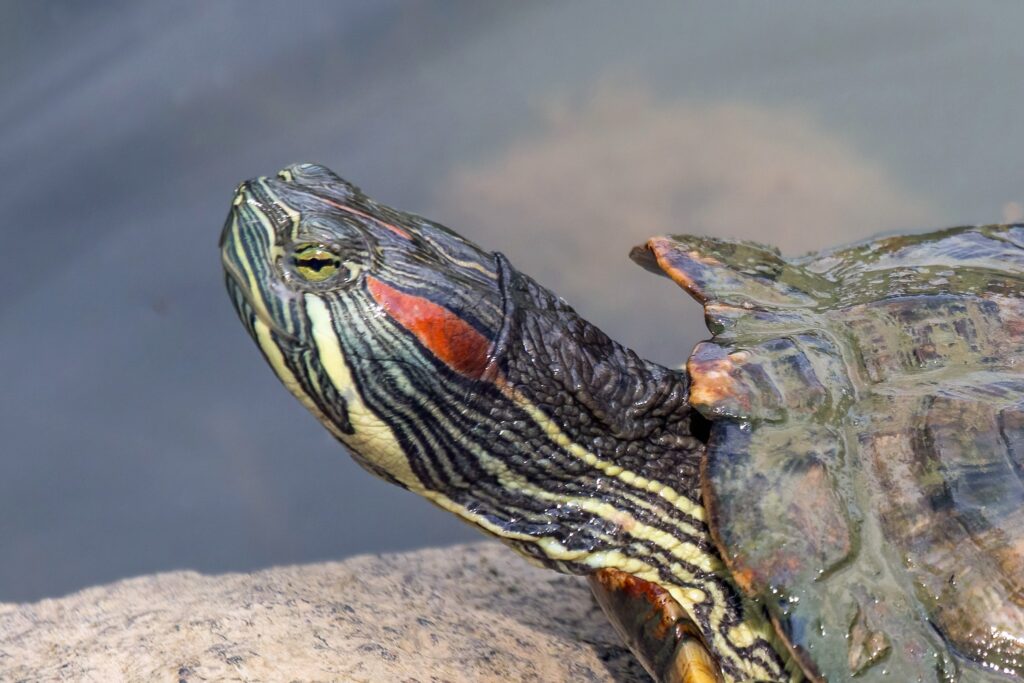
Red-eared sliders are generally hardy reptiles, but they’re susceptible to several health issues that owners should monitor vigilantly. Metabolic bone disease, resulting from inadequate UVB exposure or calcium deficiency, causes shell deformities, weakness, and potentially fatal complications if untreated. Respiratory infections, indicated by wheezing, excess mucus, or swimming lopsided, often stem from cold water temperatures or poor water quality. Shell rot, characterized by soft spots or discoloration on the shell, typically results from injuries or unsanitary conditions and requires immediate veterinary attention.
Vitamin A deficiency, presenting as swollen eyelids and respiratory problems, occurs with nutritionally inadequate diets lacking in variety. Early identification of these issues requires regular health checks, including examining your slider’s shell, skin, eyes, and behavior for any concerning changes that might indicate developing problems.
Finding Veterinary Care: Specialized Expertise Required
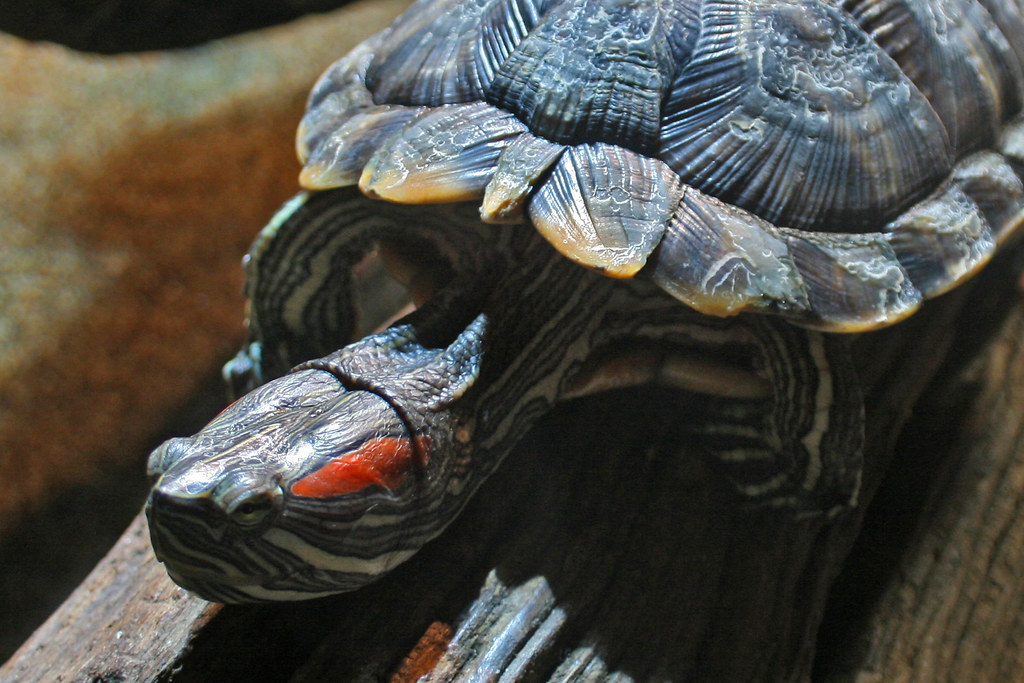
Providing proper healthcare for red-eared sliders means locating a veterinarian with specific expertise in reptile medicine, as standard small animal practitioners often lack training in turtle care. Before acquiring your slider, research and identify exotic animal veterinarians in your area who specifically list reptile or chelonian experience among their specialties. Establish a relationship with this vet early by scheduling a wellness exam within the first month of bringing your turtle home, which provides baseline health information and opens communication channels before emergencies arise.
Expect higher costs for exotic animal specialists compared to traditional veterinarians, with initial exams ranging from $50-100 and treatments potentially costing significantly more. Additionally, inquire about emergency services, as many exotic animal vets have limited hours or may require referrals to specialty hospitals for after-hours care.
Legal Considerations: Regulations and Restrictions

The popularity of red-eared sliders as pets has led to concerning invasive populations worldwide, prompting many regions to implement restrictions on their sale and ownership. In the United States, federal regulations prohibit the sale of turtles with shell lengths under four inches, though enforcement varies and exceptions exist for educational purposes. Several states, including California, Oregon, and Florida, have additional restrictions on owning these turtles due to invasive species concerns. Internationally, the European Union has banned imports of red-eared sliders entirely, and countries like Australia have strict regulations against keeping them.
Before purchasing a red-eared slider, thoroughly research and understand the legal requirements in your area, including any permits needed, size restrictions, or ownership prohibitions. Responsible ownership includes never releasing unwanted turtles into the wild, as this practice has devastating ecological consequences and is illegal in most jurisdictions.
Socialization and Handling: Understanding Turtle Temperament
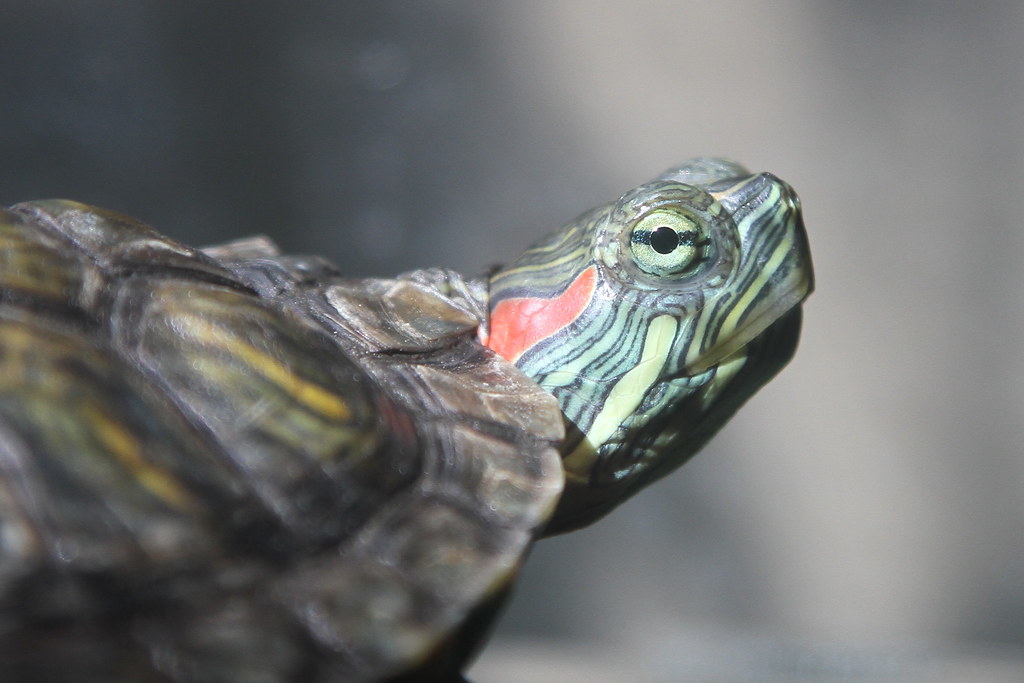
Red-eared sliders are not typically affectionate pets and generally prefer observation over handling, though individual temperaments vary considerably. These turtles recognize their caregivers primarily as food sources rather than companions, and while they may become accustomed to gentle handling, most find it stressful rather than enjoyable. When handling is necessary for health checks or habitat maintenance, support your turtle’s body fully, especially the plastron (bottom shell), and limit sessions to brief periods to minimize stress.
Handwashing before and after handling is essential to prevent potential salmonella transmission, a bacteria naturally present in reptiles that can cause serious illness in humans. Children should always be supervised around turtles and taught proper handling techniques and hygiene practices. The reward of keeping sliders comes primarily from observing their natural behaviors in a well-designed habitat rather than physical interaction.
Alternative Housing Options: Beyond the Aquarium

While glass aquariums are the standard housing choice for red-eared sliders, alternative options can provide more space and sometimes at lower cost. Stock tanks, designed for livestock watering, offer large, durable habitats at a fraction of the price of equivalently sized aquariums, though their opaque sides limit viewing to from above. Outdoor ponds represent another option in suitable climates, providing expansive natural environments that benefit turtle health and behavior, though they require predator protection, escape prevention, and potentially winter accommodations in colder regions.
Custom-built enclosures using pond liners or waterproof materials allow for creative designs tailored to both the turtle’s needs and your space constraints. Whichever housing style you choose must still incorporate all essential elements: adequate swimming depth, proper filtration, secure basking areas, and appropriate temperature gradients maintained with proper lighting and heating equipment.
Responsible Ownership: Planning for the Long Term
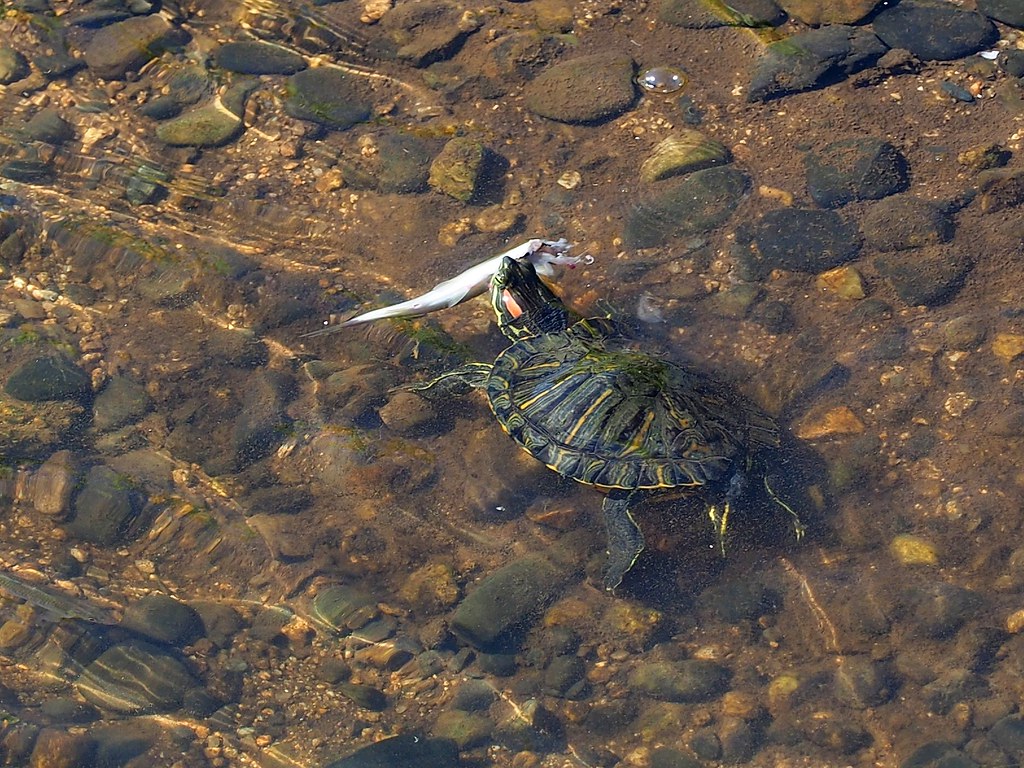
Responsible red-eared slider ownership extends beyond daily care to include contingency planning for the turtle’s entire lifespan. Create a written care plan that includes detailed habitat maintenance instructions, feeding schedules, and veterinary information that could be passed to a caretaker in emergencies or during vacations. Consider the turtle’s future in your estate planning, especially given their multi-decade lifespan, by identifying willing family members or reptile rescues that could provide care if necessary.
Join online communities or local herpetological societies to connect with other turtle enthusiasts who can offer support, advice, and potentially rehoming assistance if your situation changes unexpectedly. Most importantly, commit to never releasing your slider into the wild if you can no longer care for it, as this practice harms both the individual turtle and local ecosystems; instead, work with reptile rescues or responsible new owners to ensure your pet’s continued well-being.
Conclusion
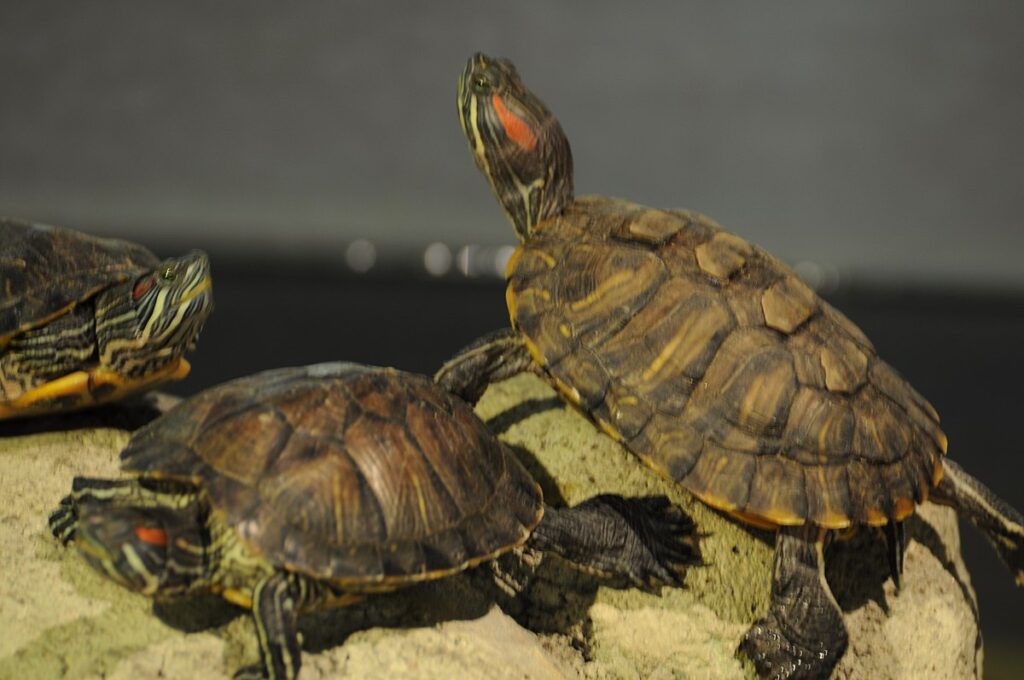
Bringing a red-eared slider into your home represents a significant commitment spanning decades rather than years. These semi-aquatic turtles reward dedicated owners with fascinating behaviors and distinctive personalities, but they require substantial investments of space, time, and resources to thrive in captivity. Before making the decision to adopt, carefully consider whether you can provide the specialized habitat, ongoing maintenance, appropriate diet, and veterinary care these reptiles need throughout their long lives.
If you’re prepared for the responsibility, a well-cared-for red-eared slider can become an engaging companion and a living connection to the natural world. However, if the commitments outlined seem overwhelming, consider exploring other pet options better aligned with your lifestyle and resources. Responsible pet ownership begins with honest self-assessment and thorough research—exactly what you’re doing by reading this guide.






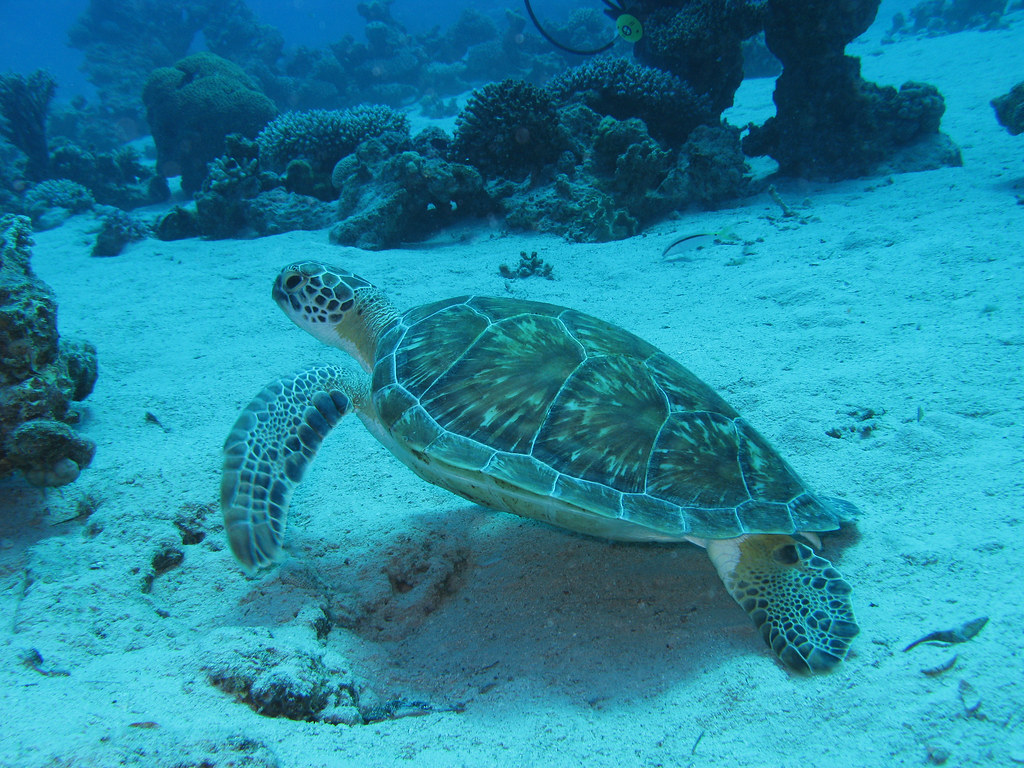
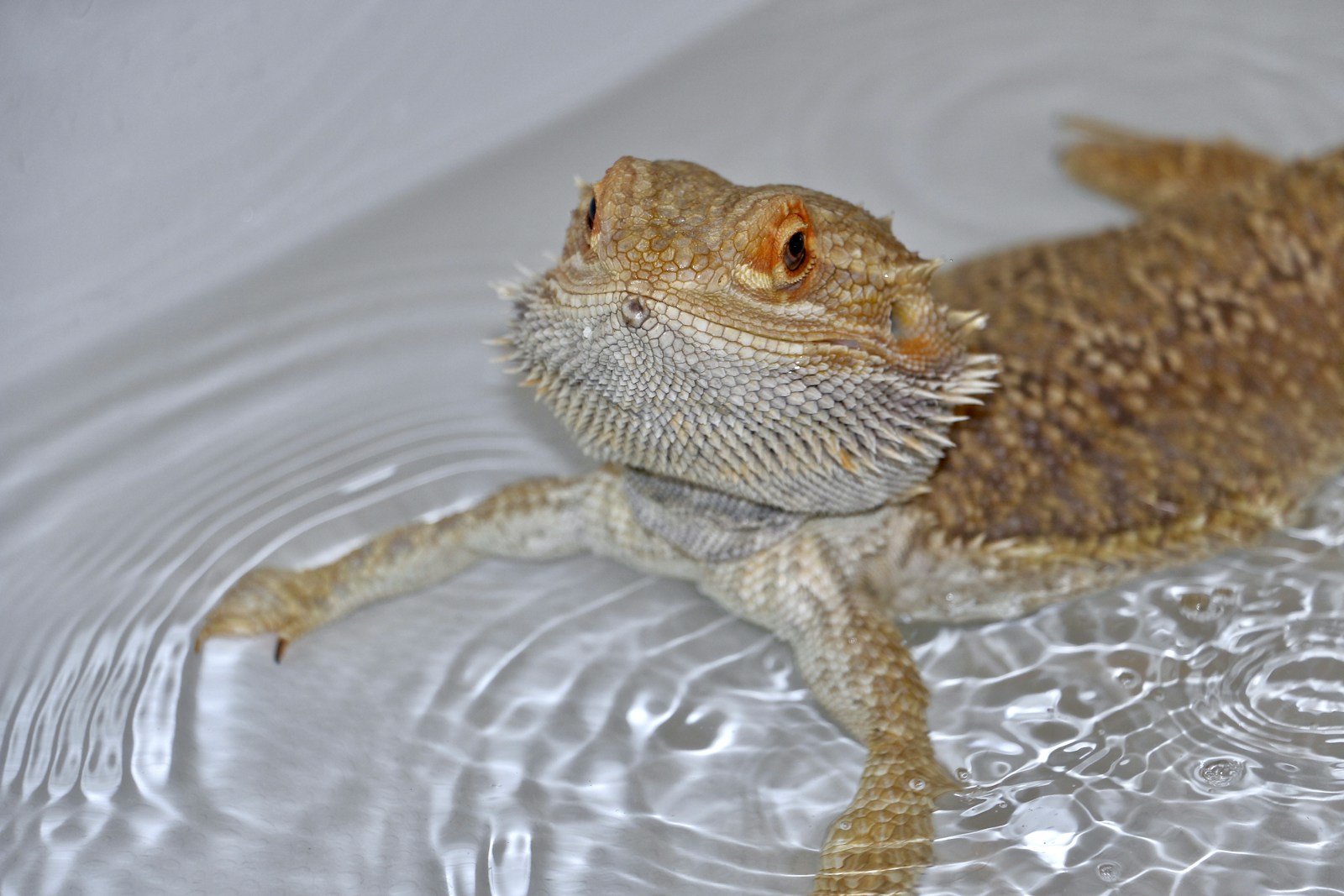

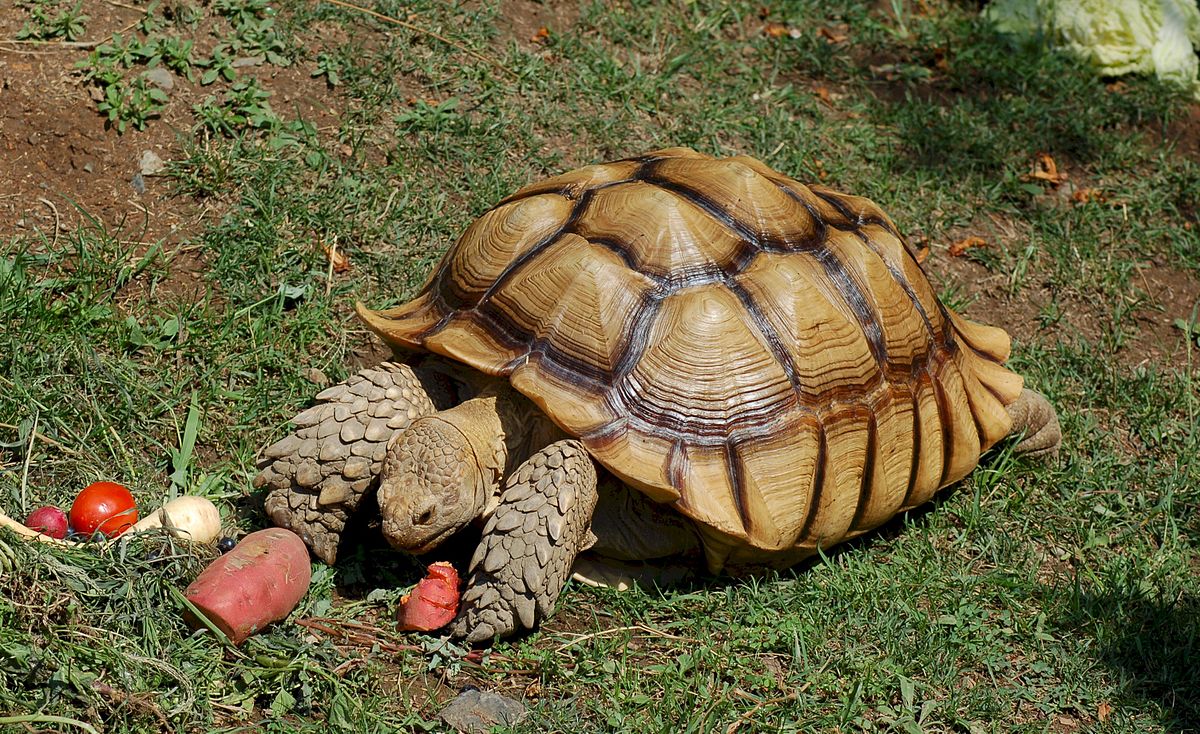
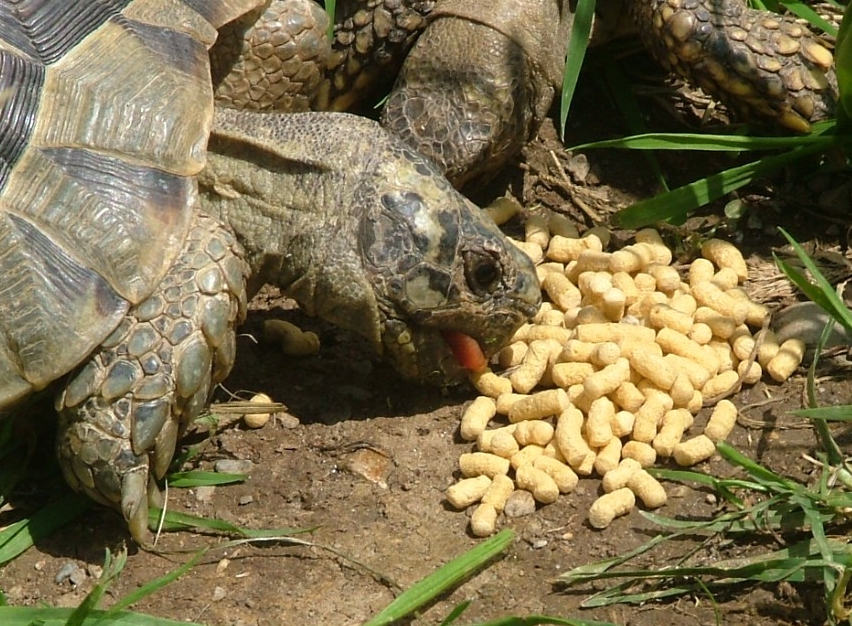
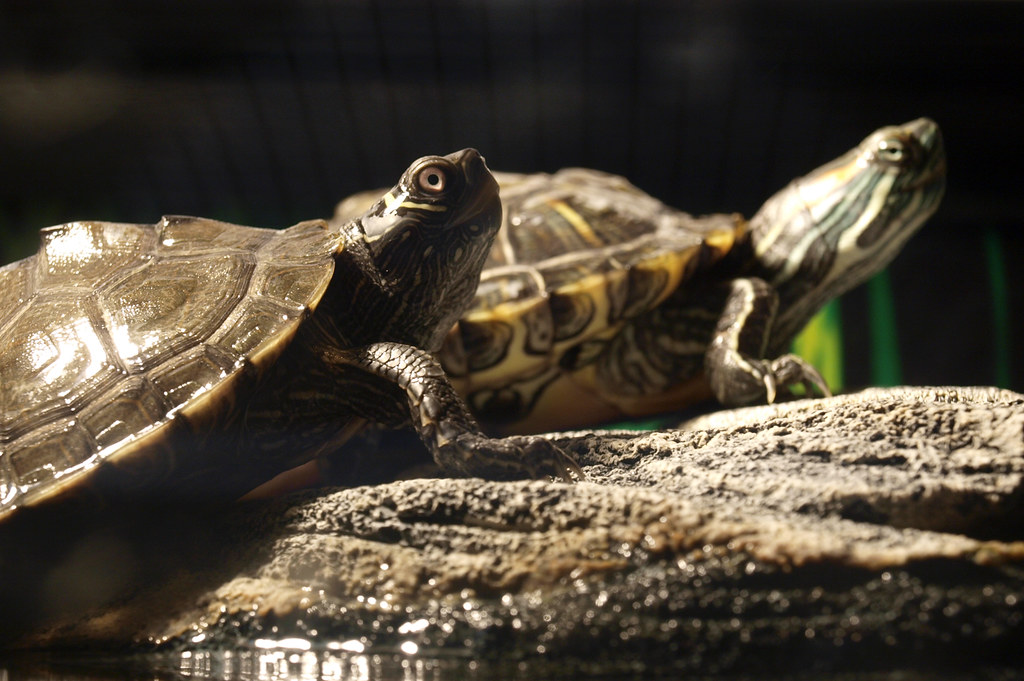




Leave a Reply